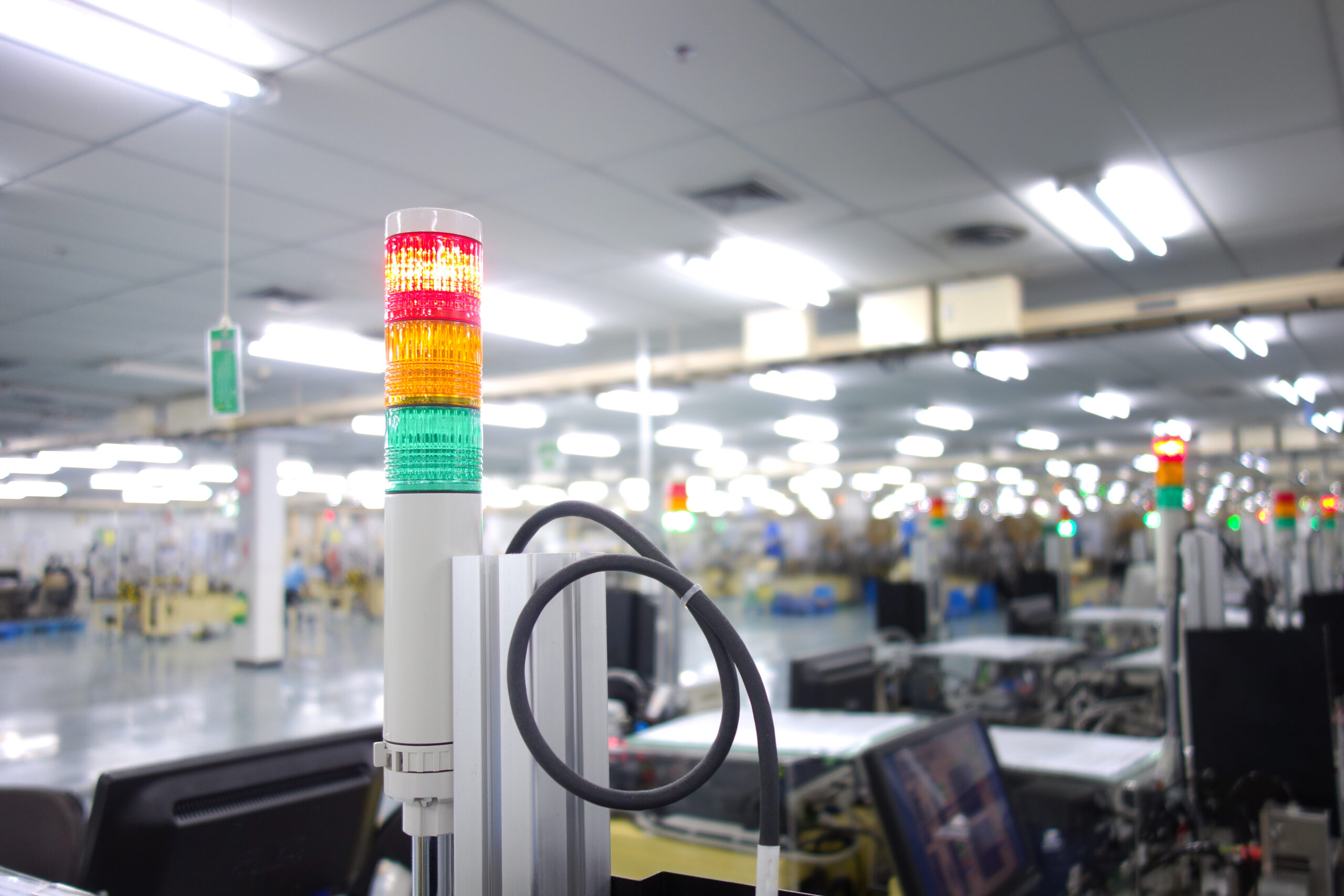
Aggregate and Analyze Alarms
Challenge
It’s imperative for today’s process manufacturers to quickly understand the frequency of and relationships between alarms to optimize the alarms that are firing and ensure they are given the attention needed to reduce the likelihood of process upsets and unplanned downtime.
This data often lives in siloed alarm data bases, making it difficult to access and analyze the data in the presence of the process and contextual data necessary to draw correlations.
Solution
Using Seeq, engineers and SMEs can aggregate alarms by type, over defined periods of interest, and filter out chattering alarms to show only true alarm events. Combining these alarm analytics into from multiple databases into a single report enables engineers to identify common bad actors and opportunities for alarm optimization. This cohesive report helps front-line operations teams make reliable, efficient, data-driven decisions around how they react to alarms on process equipment.
Results
Seeq’s Alarm Monitoring dashboard allows for easy monitoring of multiple process areas with high alarm volume and variable alarm types. Identifying repeat offenders enables engineers to investigate bad actors and implement changes where needed. Filtering out chattering alarms and eliminating redundant alarms based on relationships between process variables helps decrease alarm flood events and improve operational decision making when alarms are present.
Data Sources
- Alarm and Event Database (MS SQL Server)
- Process Data Historian (OSI PI, Aspentech IP21, Honeywell PHD, etc.)
Data Cleansing
- Seeq Formula was used to identify and filter out chattering alarms by ignoring extremely short and close together events. This cleansing is critical to show, and accurately count, only true alarm occurrences.
- Summary metrics for total alarm count and percent of time spent in alarm were calculated using Scorecard Metrics and combined into a single scorecard view for desired process monitoring.
Calculations and Conditions
- Asset Trees
- Signal from Condition
- Scorecard Metric
- Formula
Reporting and Collaboration
- A high-level dashboard was created for monitoring process and equipment alarms across periods of interest.
- The scorecard is color-coded to show high alarm counts to visually indicate bad actors.